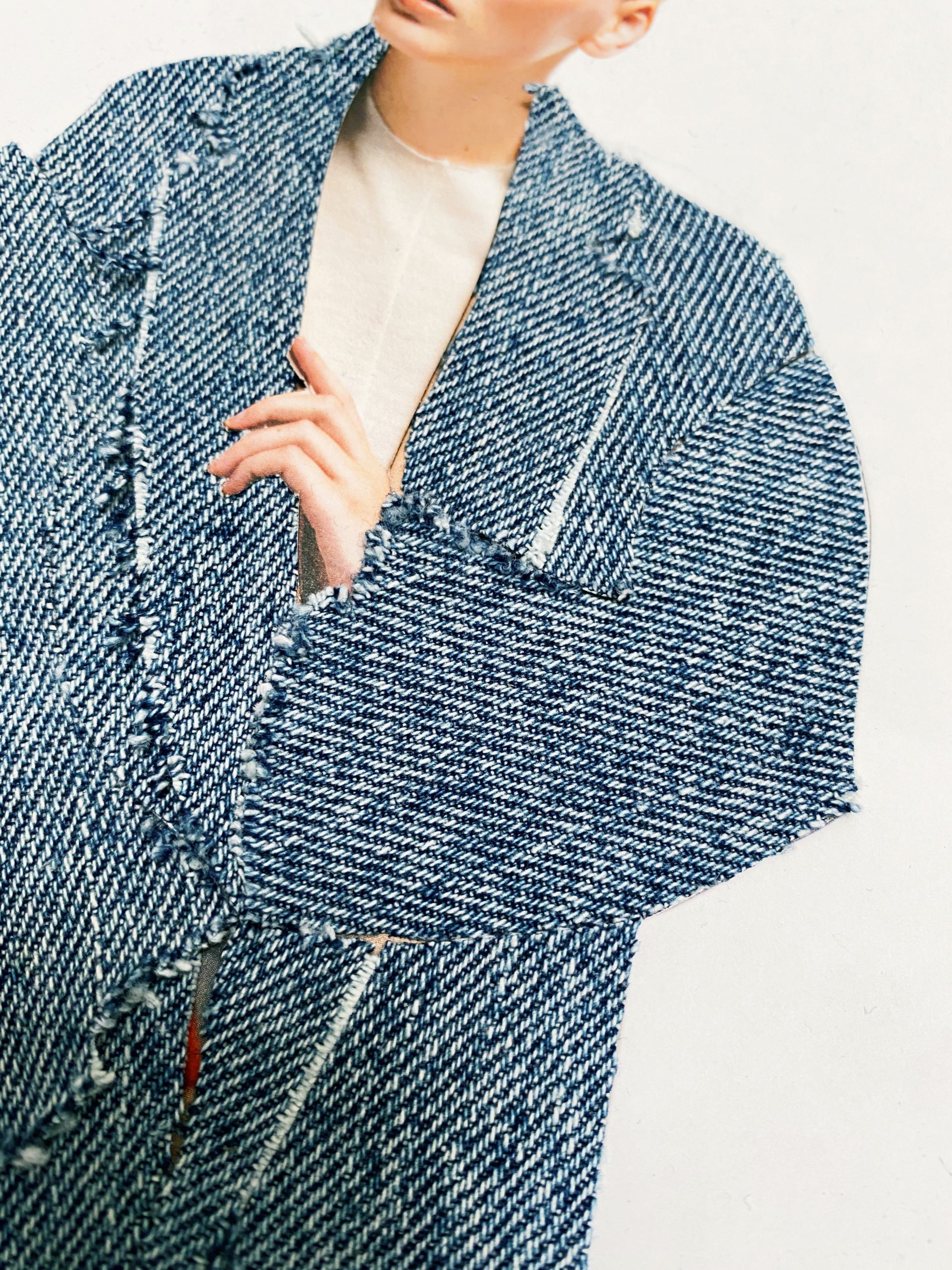“Love people, use things. The opposite never works.” ~The Minimalists
Let’s talk about a category today that has been left out of previous posts: your activewear. Why should we look at your activewear separately? Because these items are usually not versatile, but when we align our wants and needs with our lifestyle, there should not be excess in our closet.
So far we’ve been curating and defining our Conscious Closet, but most likely you found yourself left with a pile of activewear. The Conscious Closet is built up with your essentials and accents, and your closet reflects your Style Personality.
Occasions for activewear
For most of us, activewear is used for specific occasions, like yoga, hiking, or fitness. Today I want you to make sure your lifestyle is reflected in the number of activewear in your closet.
We do that first by looking at your lifestyle. Define on an average weekly basis how active you are. How many times per week and for how long? Do you feel that the average time spent doing activities is represented in the number of garments you have for those activities?
They become versatile garments that serve multi-purposes
Laundry for activewear
Consider how often you do the laundry, and if the item you wore for the activity really needs to be washed after one use. This will inform you of how many pieces you need according to your lifestyle, and your laundry habits.
Even though I go to yoga 4-5 times a week, I still want to limit the number of items. Example. My tops need to be washed after one session. I’m not doing laundry every day, so I am going to need a few tops, but 4 or 5 tops for yoga-only feels excessive. The solution: 3 yoga-only tops, plus a few pieces that are suitable for casual wear and yoga. This solution makes them also ideal for travel, as they become versatile garments that serve multi-purposes, and therefore I have to pack fewer items.
Buying impulse
Knowing what we have and what we need makes it easier to say no to cute, but ultimately unnecessary activewear. Yes, the yoga pants in leopard are cute, and so are the ones with the galaxy print. The top with the knot in front and one with a big slit in the back is also pretty. But do you really need it? I get it – especially for women there is a ‘fashion’ in activewear. But, just like with your Conscious Closet, you have to stay true to your lifestyle which should be reflected in your closet.
Sometimes staying true to our lifestyle is as simple as removing temptation. Try unsubscribing to marketing emails from your favorite activewear brands, and avoid browsing in shops when you don’t need a new item. When your activewear doesn’t align with your lifestyle, consider getting rid of it by passing it forward.
It’s hard to imagine a bathing suit or active-wear without synthetic materials
The environment
In one of the previous posts, I talked about how your clothes affect the environment and your health. Activewear is clothes that contain mostly synthetic fibers. Synthetics are man-made fibers, derived from fossil fuels – the bi-product of a process that turns crude oil into its many usable fuel forms. Synthetics, just like plastics, take ages to break down.
Production process
No matter what you’re wearing, the clothing on your body went through a long, resource-intensive production process. All textiles are made up of fibers that are designed in different ways to create the desired strength, durability, appearance, and texture. Even natural fibers like cotton and wool could have been created using heavily toxic chemicals and energy-intensive processes to make these fire-, odor-, stain-, water- and wrinkle-resistant. Synthetic fibers like polyester and nylon pull even more chemicals into the mix.
It’s hard to imagine a bathing suit or active-wear without synthetic materials. There is a reason that we moved forward in developing high-performance clothing, and it elevates our experience when we workout. And I think for these categories it’s an ingredient that we cannot avoid.
Sustainable brands
At the time of this writing, I haven’t found a performance brand that uses biodegradable fabrics. There are many brands using recycled polyester, but the truth is – it’s still polyester. It still sheds microfibers, and it still takes ages to break down (if ever).
Whenever I have more information about sustainable brands, you can be sure to find it here.
Activewear sheds microfibers, that will release through washing into the water systems, end up in the oceans, get eaten by fish and ultimately end up on our plates
Washing activewear
Really try to consider how often your clothes need to be washed. Activewear sheds microfibers, that will release through washing into the water systems, end up in the oceans, get eaten by fish, and ultimately end up on our plates. Even though you also shed some microfibers in the air when wearing, you could reduce releasing microfibers in the washing machine by using a Guppyfriend or Coraball when you wash your clothes.
What do you think will be the biggest challenge after reading this article?
Thank you for reading.
We’re in this together.
~




